PERÚ TRAVEL PACKAGES

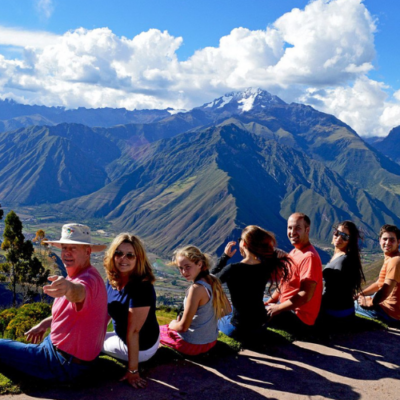

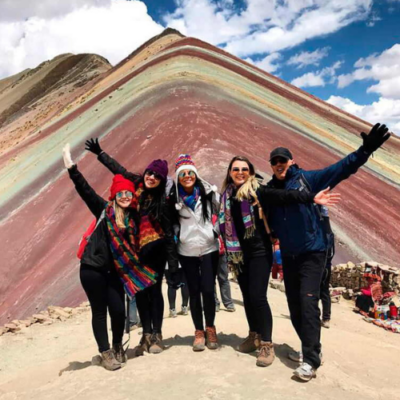

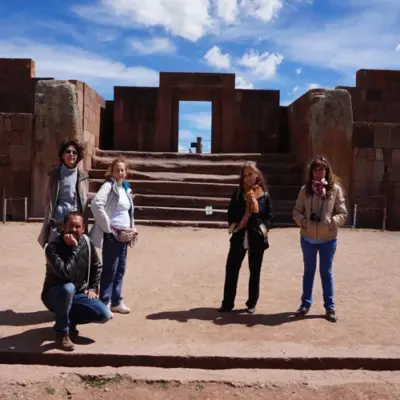
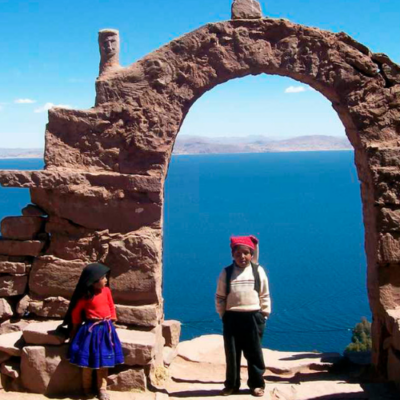

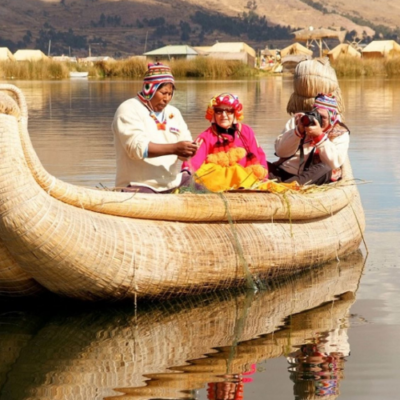


9 July, 2024











Peru is world-renowned for its breathtaking landscapes, rich cultural history, and diverse trekking routes. Whether you are a seasoned trekker or a beginner, Peru offers a multitude of trekking tours that promise unforgettable experiences. From the iconic Inca Trail to lesser-known routes like the Lares and Ausangate treks, each trail presents its unique blend of adventure, challenge, and beauty.

The classic Inca Trail typically lasts 4 days and 3 nights, covering approximately 42 km (26 miles). For those with limited time, there is also a shorter version of the trek that takes 2 days.
One of the main highlights of the Inca Trail is the array of ancient Inca sites you encounter along the way. Sites like Wiñay Wayna and Phuyupatamarca offer a glimpse into the sophisticated engineering and architectural prowess of the Incas. The ultimate reward of the trek is arriving at Machu Picchu through the Sun Gate (Inti Punku), which provides a breathtaking first view of the majestic ruins.
The Inca Trail is considered moderately challenging due to its altitude and the physical demands of the trail. Reservations are required months in advance because of the daily permit limitations set to preserve the trail and its surroundings.
The Salkantay Trek spans 5 days and 4 nights, covering approximately 74 km (46 miles).
This trek is famous for its stunning natural scenery, including the towering Salkantay Mountain and the serene Humantay Lake. Like the Inca Trail, the Salkantay Trek also culminates at Machu Picchu, providing trekkers with an equally rewarding end to their journey.
The Salkantay Trek is moderately to highly challenging due to its elevation and length. One significant advantage is that it is less crowded than the Inca Trail and does not require permits, making it a more flexible option for last-minute adventurers.
The Lares Trek generally takes 4 days and 3 nights, covering approximately 33 km (20.5 miles).
Trekkers on the Lares Trek are treated to views of traditional Andean communities, high mountain landscapes, and natural hot springs. This route offers a deep cultural immersion, allowing hikers to interact with local villagers and learn about their way of life.
The Lares Trek is considered moderate in difficulty. Its main appeal lies in the cultural experience and the tranquility of a less touristy path compared to other popular treks.
The Ausangate Trek spans 6 days and 5 nights, covering about 70 km (43.5 miles).
This trek is known for its remote and pristine landscapes, including the snow-capped Ausangate Mountain and colorful high-altitude lagoons. The route is dotted with hot springs and offers a peaceful escape into nature.
The Ausangate Trek is highly challenging, suitable for experienced trekkers. Its remoteness provides a sense of solitude and connection with untouched nature, making it a perfect choice for those seeking a true adventure.
The Choquequirao Trek typically lasts 4 days and 3 nights, but it can be extended to 8-9 days if combined with a trek to Machu Picchu. The round trip is approximately 64 km (40 miles).
Choquequirao, often referred to as the sister city of Machu Picchu, is the main highlight of this trek. The site offers a fascinating insight into Inca history and architecture, with far fewer tourists than its more famous counterpart.
The Choquequirao Trek is challenging, featuring steep ascents and descents. Its relative obscurity ensures a more isolated and authentic trekking experience, far from the crowds.
Many trekking routes in Peru involve high altitudes, which can cause altitude sickness. It is advisable to acclimate in Cusco (3,400 meters) for a few days before starting your trek.
Proper gear is crucial for a successful trek. This includes comfortable trekking boots, warm clothing, rain gear, sunscreen, a hat, and a suitable backpack.
While some routes can be trekked independently, hiring a tour with experienced guides is recommended, especially for more challenging trails. Tours usually include transportation, meals, camping equipment, and porters.
The best time for trekking in Peru is during the dry season, from May to September. The rainy season, from November to March, can make some routes dangerous or inaccessible.

Peru’s trekking routes offer spectacular landscapes, from snow-capped mountains and crystal-clear lagoons to lush jungles. Each trail provides a unique opportunity to connect with nature and enjoy the breathtaking scenery.
Trekkers have the chance to interact with local Andean communities and learn about their traditions and way of life. This cultural exchange enriches the trekking experience, providing insights into the region’s rich heritage.
Trekking in Peru can be physically demanding, offering a sense of accomplishment and personal growth. Each step taken and each summit reached brings a rewarding sense of achievement.
Many tour operators promote sustainable and responsible practices that help preserve the environment and benefit local communities. Choosing such tours supports conservation efforts and contributes to the well-being of the region.

Efforts to promote sustainable tourism are crucial for the future of trekking in Peru. These initiatives focus on minimizing environmental impact and supporting local communities through responsible tourism practices.
Technology can enhance the trekking experience, from improved gear to apps that provide real-time trail information. These advancements make trekking safer and more accessible.
Involving local communities in the organization and execution of trekking tours ensures that cultural and economic benefits are shared equitably. This collaboration helps preserve cultural heritage and supports sustainable development.

Ready to trek through Peru’s stunning landscapes? Contact us on WhatsApp to book your trekking tour now and embark on an unforgettable adventure!
Copyright© 2023 Leading Peru Travel